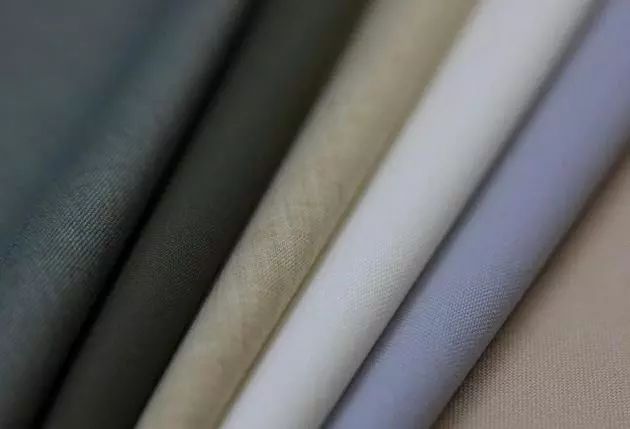
1. The difference between polyester and nylon, polyester–polyester fiber, also known as POLYESTER, is characterized by good breathability and drainage Moisture. It also has strong acid and alkali resistance and UV resistance. Nylon—Nylon is also called Nylon, polyamide fiber. The advantages are high strength, high wear resistance, high chemical resistance and good resistance to deformation and aging. The disadvantage is that it feels hard. The more famous ones are PERTEX and CORDURA.
2. How to distinguish it in daily life? Polyester has a strong silk-like feel and bright luster, but is not soft enough. It has a glittering effect, feels smooth, flat, and has good elasticity. There are no obvious creases when you pinch the silk surface tightly with your hands and then release it. After the warp and weft are stained with water, they are not easy to tear. The luster of nylon is dull, and the surface looks like a layer of wax, and the color is not bright. It feels stiff, and the fabric can be slowly restored to its original shape if there are creases after the fabric is pinched tightly. The warp and weft yarns have high fastness.
Performances of nylon:Strength and good wear resistance, ranking first among all fibers . Its wear resistance is 10 times that of cotton fiber, 10 times that of dry viscose fiber, and 140 times that of wet fiber. Therefore, its durability is excellent. Nylon fabric has excellent elasticity and elastic recovery, but it is easy to deform under small external force, so the fabric is easy to wrinkle during wearing. Poor ventilation and breathability, easy to generate static electricity.
The hygroscopicity of nylon fabric is better among synthetic fabrics, so Clothing made of nylon is more comfortable to wear than polyester clothing. It has good moth resistance and corrosion resistance. The heat resistance and light resistance are not good enough, so the ironing temperature should be controlled below 140℃. During wearing and use, you must pay attention to the washing and maintenance conditions to avoid damaging the fabric. Nylon fabric is a light fabric and is only listed after polypropylene and acrylic fabrics among synthetic fabrics. Therefore, it is suitable for making mountaineering clothing, winter clothing, etc.
Performance of polyester:High strength. The strength of short fiber is 2.6~5.7cN/dtex, and the strength of high-strength fiber is 5.6~8.0cN/dtex. Due to its low hygroscopicity, its wet strength is basically the same as its dry strength. The impact resistance is 4 times higher than nylon and 20 times higher than viscose fiber. Good elasticity. The elasticity is close to that of wool. When stretched by 5% to 6%, it can almost completely recover. The wrinkle resistance is better than other fibers, that is, the fabric does not wrinkle and has good dimensional stability. The elastic modulus is 22~141cN/dtex, which is 2~3 times higher than nylon. Good water absorption. Good grindability. The wear resistance is second only to nylon with the best wear resistance, better than other natural fibers and synthetic fibers, and the light resistance is second only to acrylic fiber. preservative. Resistant to bleach, oxidants, hydrocarbons, ketones, petroleum products and inorganic acids. Resistant to dilute alkali and not afraid of mold, but hot alkali can cause it to decompose. Poor stainability.
Polyester fabric has poor hygroscopicity, feels stuffy when worn, and is prone to static electricity , contaminated with dust, affecting the appearance and comfort. However, it dries very easily after washing, has almost no drop in wet strength, does not deform, and has good washable and wearable properties. Polyester is the most heat-resistant fabric among synthetic fabrics, with a melting point of 260°C and an ironing temperature of 180°C. It is thermoplastic and can be made into pleated skirts with long-lasting pleats. At the same time, polyester fabric has poor melt resistance and can easily form holes when exposed to soot, sparks, etc. Therefore, you should try to avoid contact with cigarette butts, sparks, etc. when wearing it. Polyester fabrics have better light resistance. In addition to being worse than acrylic fibers, their light resistance is better than natural fiber fabrics. Especially the light fastness behind glass is very good, almost as good as acrylic. Polyester fabric has good resistance to various chemicals. Acids and alkali are not very damaging to it, and they are not afraid of mold or insects. Polyester fabric has good wrinkle resistance and shape retention, so it is suitable for outerwear.







